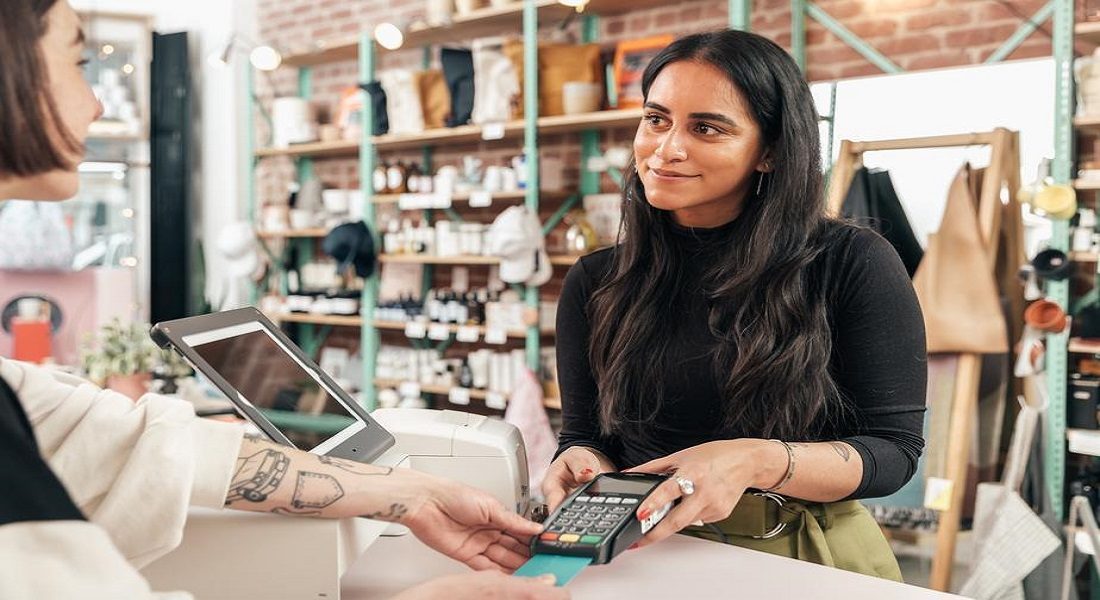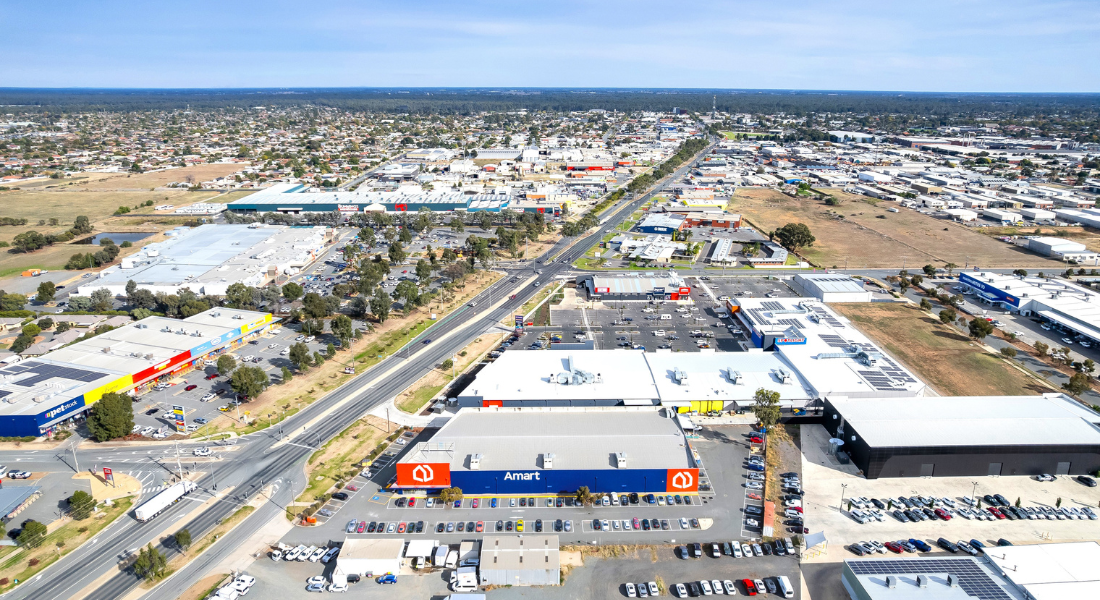The future of retail: Closing the loop in bricks and mortar

Retail has evolved dramatically in the past 5 years, especially when it comes to in-store payments.
In late 2017, the arrival of Apple Wallet in Australia fundamentally changed how consumers interact in a bricks and mortar retail environment. Fast forward to 2021, consumers rarely need to take a physical card out with them for payment. They simply tap their phone and away they go. Add in the arrival of Buy Now Pay Later and contactless check out, the retail payment experience has come leaps and bounds.
The one piece of the payment process still stuck in time is the final and perhaps most important piece – the humble receipt.
The parting gift a retailer leaves their customer with is a scrunched up, black and white, potentially chemically coated, representation of their brand.
However, it is not what the retailer is giving the customer that is really the antiquated part. It is the piece they are not collecting – the customer insights and the opportunity to digitally engage customers post-payment.
The broken loop: E-commerce vs In-Store
This missing piece is not as much of a problem for most online purchases as they tend to be “closed loop”.
E-commerce retailers understand their customers though a strategically set up log-in process. Details include their name, address, phone number, email, date of birth and often the history of their previous orders.
As mobile commerce apps have become increasingly common, retailers are able to enrich this identity data with other elements like web traffic and location data.
As we know, data is the new oil. Those who have it have a significant competitive advantage.
Amazon is a great example – they know everything about their customers and are extremely effective at leveraging it to bring in new customers and retain and grow existing. However, the reality for Australian retailers is that consumers still frequent in-store shopping, with only $32b of the total $282.8b retail spend happening online (2020 eCommerce Industry Report, Australia Post).
Despite the challenges that COVID-19 presented, consumers still made it clear that bricks & mortar was not going anywhere. When in-store shopping returned in Melbourne in late 2020, Kmart introduced an online booking service to manage demand as residents lined the blocks to re-enter the retail world.
So, with so much shopping occurring in-store, where almost all transactions are “open loop” – what is the retailer doing to capture the customers’ information in a bricks and mortar environment?
While not a new concept, many omni-channel retailers have invested time and resources into loyalty schemes to try and track in-store purchasing habits.
However, these schemes are fragmented and difficult. They add an extra layer of friction at the point of sale – the consumer is usually in a rush, disinterested, or in fact, disloyal. The big schemes such as Woolworth’s Everyday Rewards and Coles’ Fly Buys have seen success due to scale and the high frequency on grocery purchasing.
But for most other retailers, the search is on for innovative, efficient and customer centric techniques to capture data in-store in a way that balances the value between customer and retailer.
The solution: The humble forgotten receipt
Via our technology at Slyp, retailers are able to “close the loop” by instantly sending a “smart receipt” to a customers’ banking app when they pay in-store.
Importantly, this helps retailers connect with customers after they make a purchase, enabling interactions through getting product information, purchasing other products or signing up to loyalty schemes.
Retailers can access anonymised customer profile data allowing them to understand customer buying patterns like frequency and demographics without intrusively asking them for this data at point of purchase. This is in contrast to when customers have previously been asked by some retailers for their postcode at the point of purchase.
Retail is not alone in facing disruptive change as data and technology leads to different competition and customer behaviour. It is just one of the more high-profile industries dealing with it.
As we enter the artificial intelligence revolution, we are likely to see retail and other industries scramble to collect data on their customers as, without it, AI applications can be very limited.
The challenge as new data sets start to pile up is how to use it through technology like AI to create the experiences customers have come to expect and continue to optimise these experiences by using data without compromising customer trust.
Banking, healthcare, travel, and education are all industries that went digital before the retail industry. The retail industry lags when it comes to receipt and return processes.
Back in 2005, The Apple Store offered the very first e-receipt, a digital version of the receipt delivered to a customer’s email. Since then many retailers have embraced e-receipts, particularly with their online stores. However, many retailers still include physical receipts with packages and print receipts in their bricks and mortar stores.
The immediate benefits to those who have adopted digital receipts are obvious – less paper which means less ink, which is better for the environment, and brings down costs for the retailer.
The benefits that are still to come with the introduction of Smart Receipts will be 10x.
A win-win for all
Retailers can gain the opportunity to gather deeper insights into their customers’ shopping habits and can therefore benefit from more informed decision making, targeted marketing, and better customer experiences.
Retailers can close the loop by tying the knot between their sale and knowing their customer. And the best part? Customers want it.
67% consumers are highly in favour of personalised coupons and offers based on their previous purchases. Smart receipts give retailers the ability to gather insights from a consumer’s purchases and track their habits.
This information can be used for customer retention and 86% say that this personalisation actually influences their purchases.
So, something as simple as sending a smart receipt can enhance customer shopping journeys, increase the sale of more products, and promote the brand.
This practice also reduces overhead printing costs. A retailer that prints 1,000 receipts a day can save around $18,000 a year on thermal paper. It also saves the retail industry around $50 billion due to the money lost in fraudulent returns, which often results in retailers raising the prices of their products.
Lower prices, environmentally sustainable, customised customer experiences and happier customers? The future has arrived and it is a win-win for all.

Paul Weingarth, CEO and Co-Founder, Slyp




